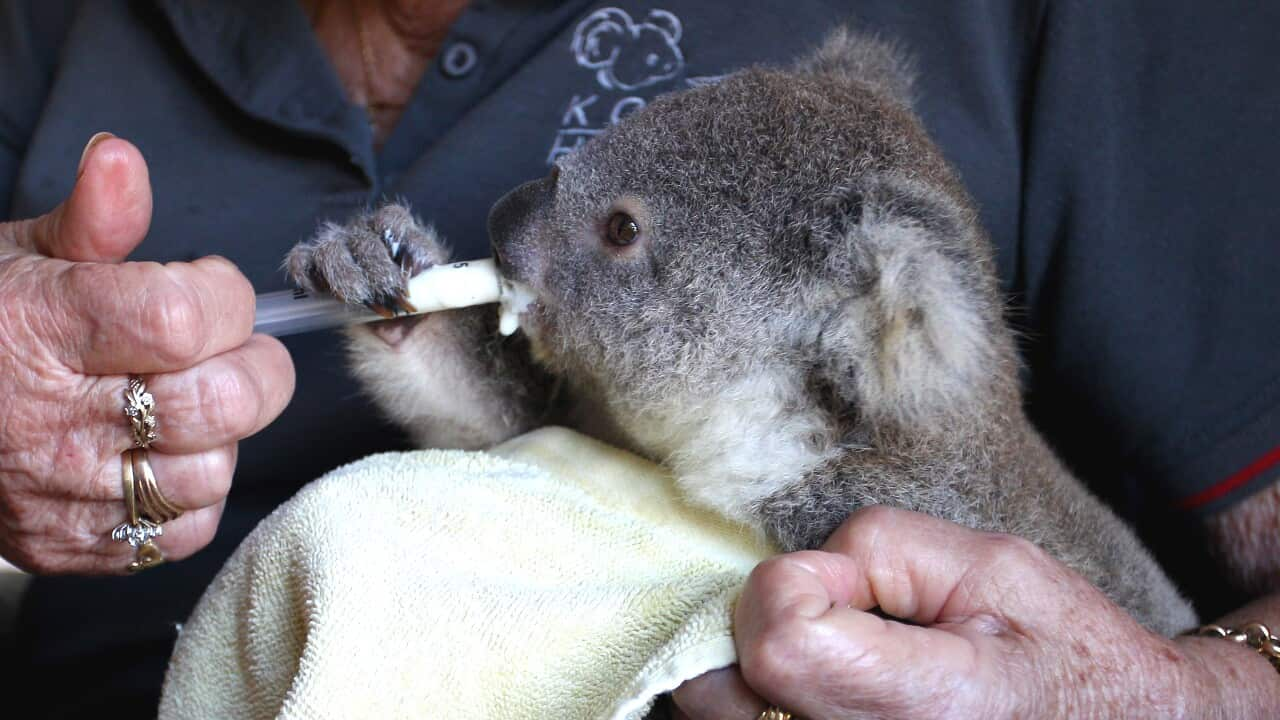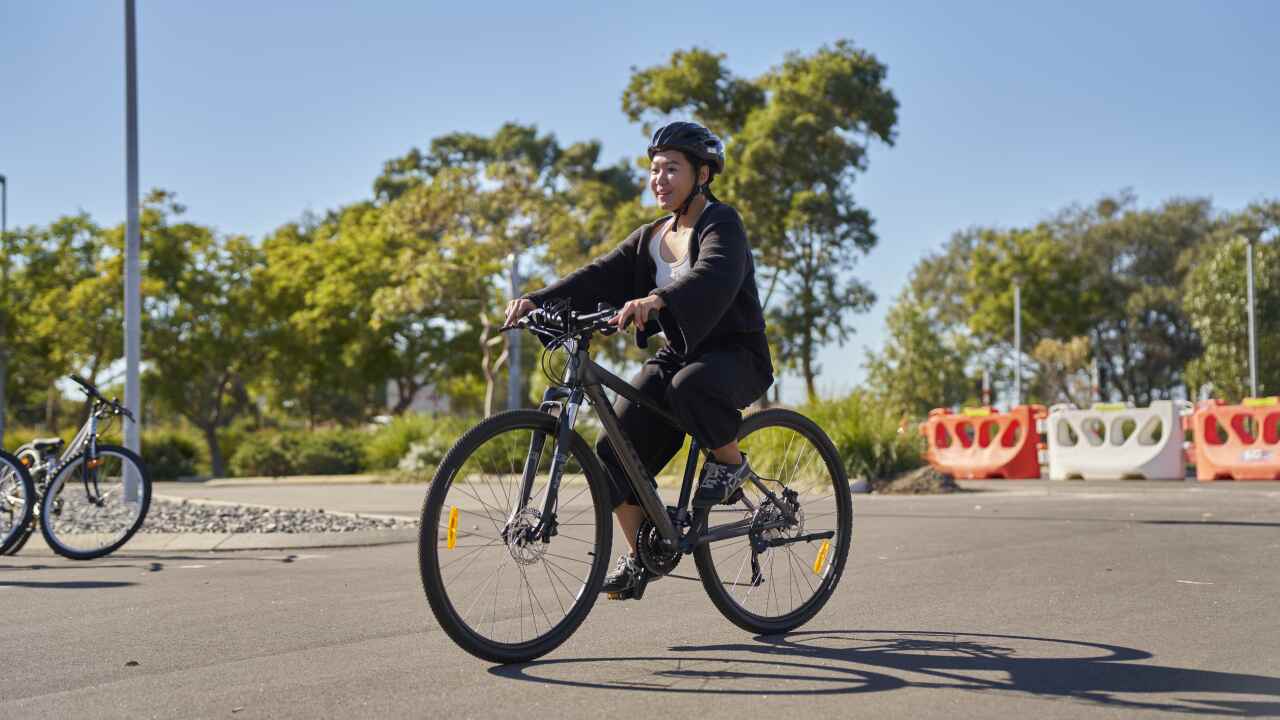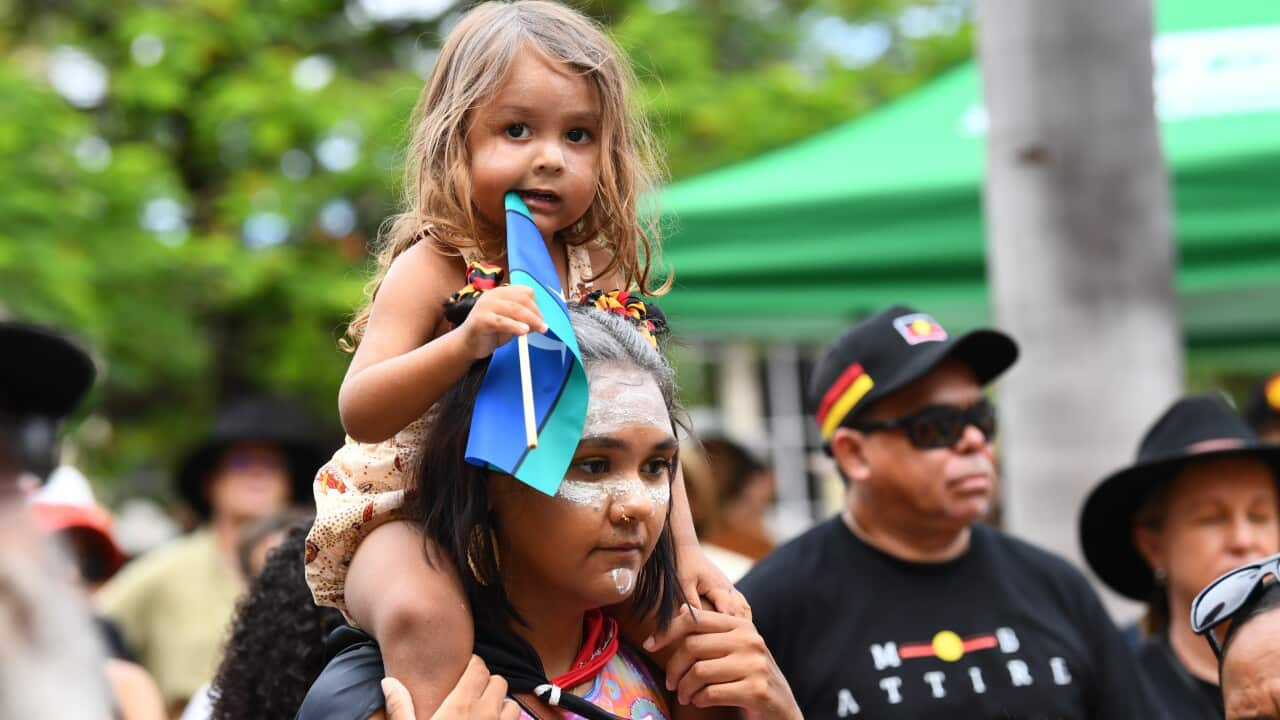Key Points
- A BioBlitz helps increase scientific knowledge and our understanding of the environment.
- Anybody can get involved in a BioBlitz.
- Information gathered during a BioBlitz is uploaded to a biodiversity database for use by scientists and researchers.
Australia is rich in biodiversity, from deserts and tropical rainforests to snowy alpine summits and eucalyptus forests.
Whilst we already know a lot about which animal and plant species occur here, the more we understand our environment, the better we can care for it.
A BioBlitz is a citizen science activity that anybody can participate in and offers the opportunity to discover new species of plants or animals whilst increasing scientific understanding.

Participants in the Walpole Wilderness Bioblitz - Daemon Clark
Dr David Edmonds is a conservation veterinarian who lives in Walpole on the south coast of Western Australia, where he coordinates the .
"The Walpole wilderness is one of the wettest parts of Western Australia and there's a whole range of species and ecosystems here that occur nowhere else in the world. There's a huge area that's really unexplored so we don't even know what's in these areas and some of the species here date back to times before the dinosaurs so it's an incredibly important area for biodiversity," Dr Edmonds says.
A BioBlitz brings the community together to help science.
Like the Walpole wilderness area, there are large tracts of Australia that we can still learn more about. Dr Edmonds says involving the community in a BioBlitz brings people together. It provides insights into the environment, which can aid scientific understanding.
"A BioBlitz is very empowering; it allows people to actually build a network of other like-minded people but it's also really important that you understand that every observation that's recorded actually has an impact – and gives us more information which builds our knowledge and through that it leads to better management outcomes," Dr Edmonds explains.

Dr David Edmonds examining plant species in the Walpole wilderness - by Phil Tucak
There's a range of activities for a range of skill levels so people can come out whether they want to walk long distances or short distances, and they don't necessarily need any scientific skills as they'll be working alongside scientists who can then actually point out how to go about the process of observing and identifying what they're seeing.Dr David Edmonds
All required is your powers of observation, keen curiosity, and a smartphone. BioBlitz participants take photos of plants and animals they observe, which are then uploaded for identification into an online biodiversity database like . The information also goes to the , which is freely available for everyone to explore.
"We take a photo of the thing that we're trying to identify and that gets uploaded onto the website and from there scientists from all around the world can look at it and identify that species and it becomes what they call research grade data and anyone around the world can access that information and use it in their own research," Dr Edmonds says.

Online biodiversity database iNaturalist - Image David Edmonds and iNaturalist
Helping to expand scientific knowledge
Melissa Howe is an ecologist who lives near the Walpole wilderness. She says in a previous Walpole Wilderness BioBlitz, scientists from the Western Australia museum who study invertebrates – those animals without a backbone, such as spiders, worms and snails, had joined the BioBlitz alongside community volunteers.
They took samples of invertebrates from a variety of sites during the BioBlitz with the help of participants. One of the specimens was later identified as a new species of 'pseudoscorpion' that's never previously been collected. Participants also found evidence of new populations of the endangered Tingle Pygmy Trapdoor Spider.Melissa Howe
BioBlitz findings such as these showcase the broader benefit of the events to science.
"It's likely these findings will help further research into the species and contribute vital information on their descriptions, biology and habitat requirements. They may have specific habitat requirements and need of special protection, particularly in relation to any disturbance activities that might threaten their persistence, such as clearing, development or fire regimes," Howe explains.
For Dr Edmonds, organising a BioBlitz in an area like the Walpole wilderness is very important because it provides a snapshot of the local environment's health.

Conservation veterinarian Dr David Edmonds in the Walpole wilderness - Phil Tucak
"One of the best outcomes of a BioBlitz is really the community engagement, is for people to be working alongside other like-minded people - yes they get a lot out of the science, they get to actually see things - but they also get to meet other people and learn from the scientists," Dr Edmonds says.
Anybody can get involved in a BioBlitz. Find an event near you by searching online for your local community, conservation, landscape or natural resource management group.






